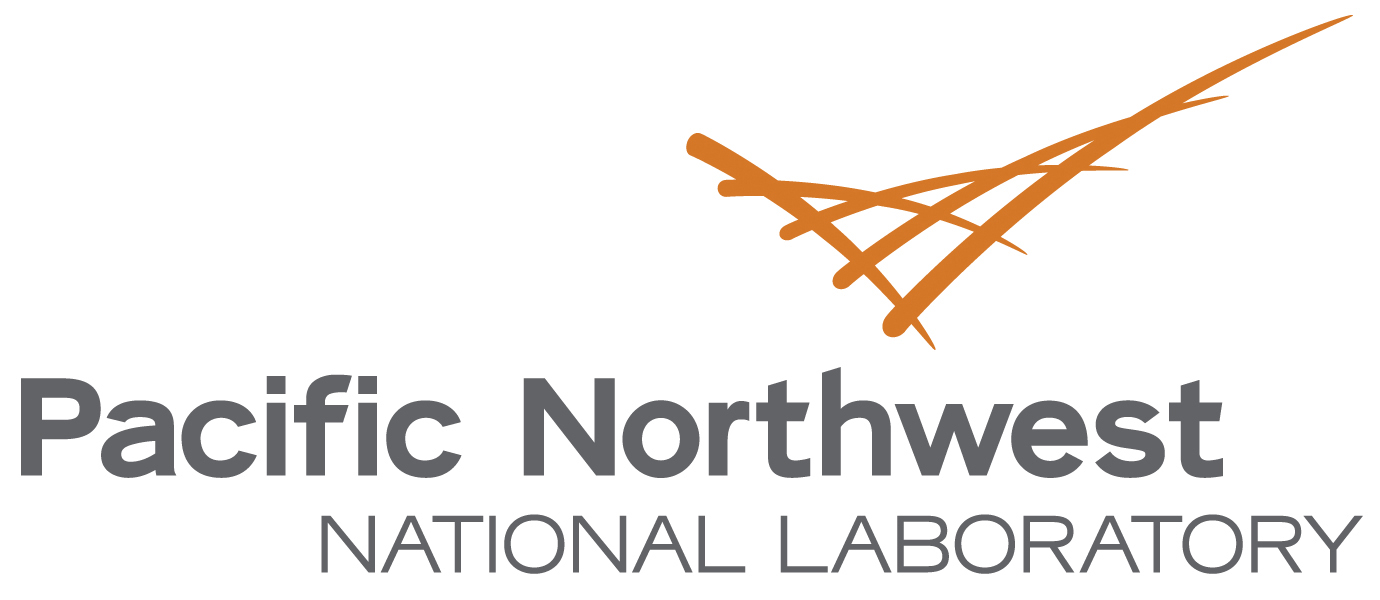Using this technique, they captured water's motion every 10 nanoseconds, or hundred millionth of a second. They found that the tiny melted ice crystallites form pools of water that eventually spread across the surface. "Some theories postulated that the water wouldn't wet the water surface, but we've found that the water droplets do actually spread out and cover the surface," said Kimmel, who led the research funded by DOE's Office of Science.
Why It Matters: Controlling the anomalous interactions between water and surfaces could alter a great deal of how we design coatings and tackle the nation's energy issues. Water's interactions are vital to fuel cells, converting agricultural waste to fuels, and understanding cloud formation for weather patterns and global climate change.
This study describes in detail how water interacts with surfaces on the nanoscale. For reference, a sheet of paper is about 100,000 nanometers thick. If the scientific description of how water works at the nanoscale isn't complete and accurate, it undermines calculations and predictions for larger structures that involve water, whether clouds or fuel cells.
Methods: Changing how water behaves at the nanoscale could change how batteries or fuels work. To change the behavior, scientists first need to understand water's behavior. For years, scientists at PNNL have focused on how water wets a surface: does it flow across or stay in puddles?
Answering that question often requires data from instruments that subject the samples to ultrahigh vacuums. Unfortunately, when ice was heated to form water inside such instruments, the water quickly evaporates from the surface.
To find out how liquid water behaved, they spent 2 years developing a way to study it in ultrahigh vacuum. Kimmel and his colleagues devised an approach to melt the ice and quickly refreeze it, allowing them to analyze it with different instruments.
They formed ice crystallites on a platinum surface at temperatures of 100 Kelvin, or -279°F. They heated the system with quick bursts from a laser, heating the surface of the metal to 290K for 10 nanoseconds, which is a long time from a molecular point of view. The heat melted the ice, and the water molecules moved and reorganized. Rapid heat transfer into the bulk of the cold metal then refroze the sample, quenching the liquid water's motion. They analyzed the sample in ultrahigh vacuum instruments.
"This method gives us a way to take a crystalline ice film, melt it, evolve for 10 nanoseconds, quench it, and interrogate it with characterization techniques," said Kimmel.
They found that the heat pulse turns the ice crystallites, which are icy islands 10 to 20 molecular layers thick and about 20 to 30 nanometers across, into nanoscale droplets of water that do not initially wet the surface. Eventually, the droplets spread out and cover the surface, creating a film that's several layers of molecules thick.
What's Next? The researchers are conducting experiments that delve into anomalous behavior of supercooled and liquid water using their new technique.
Acknowledgments
Sponsor: This work was supported by the Department of Energy, Office of Science, Office of Basic Energy Sciences, Division of Chemical Sciences, Geosciences, and Biosciences.
User Facility: EMSL
Research Team: Yuntao Xu, Collin J. Dibble, Nikolay G. Petrik, R. Scott Smith, Bruce D. Kay, and Greg A. Kimmel, Pacific Northwest National Laboratory
Reference: Xu Y, CD Dibble, NG Petrik, RS Smith, BD Kay, and GA Kimmel. 2016. "Complete Wetting of Pt(111) by Nanoscale Liquid Water Films." Journal of Physical Chemistry Letters 7:541-547. DOI: 10.1021/acs.jpclett.5b02748
Journal Link: Journal of Physical Chemistry Letters 7:541-547. DOI: 10.1021/acs.jpclett.5b02748
